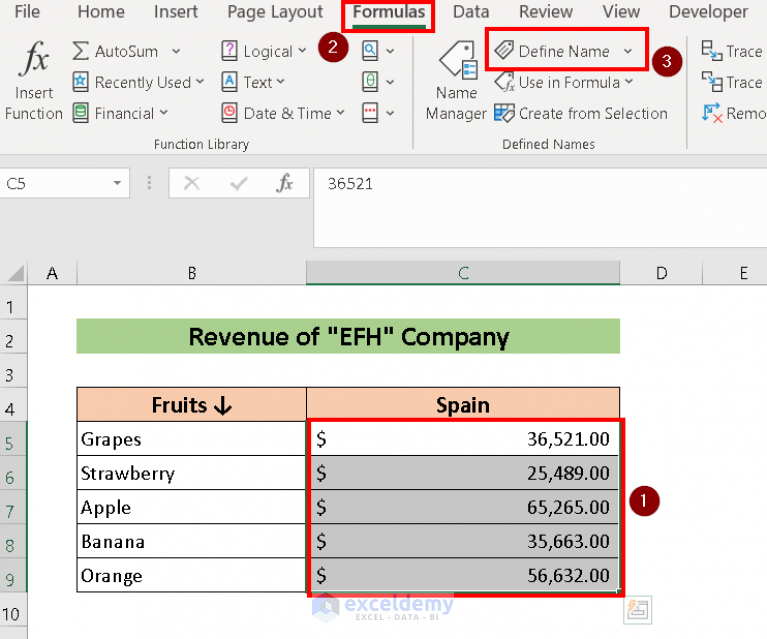5 Ways to Link Sheets in Excel Easily

In Microsoft Excel, linking data between sheets can significantly enhance your ability to manage and analyze large datasets. Whether you're working on financial reports, tracking project milestones, or consolidating business metrics, the ability to link sheets provides flexibility and efficiency in data handling. Here are five straightforward methods to link sheets in Excel, along with tips for optimizing your spreadsheets for better performance and readability.
1. Using Cell References for Links


One of the most basic yet effective methods to link data between sheets is by using cell references. This technique allows you to link a cell or range of cells in one sheet to another, ensuring that any updates to the source data automatically reflect in the destination:
- Open your Excel workbook.
- Click on the cell in the destination sheet where you want the linked data to appear.
- Type
=followed by switching to the source sheet where the data exists. - Select the cell or range you want to link. Excel will automatically insert the reference as
SheetName!CellAddress.
📌 Note: When using this method, ensure the source sheet name remains unchanged, or the link will break.
2. Creating Hyperlinks to Jump Between Sheets

Hyperlinks aren’t just for web pages; they can also link within an Excel workbook. Here’s how to create a hyperlink to a specific cell or sheet:
- Select the cell where you want to insert the hyperlink.
- Right-click and choose Hyperlink, or press
Ctrl + K(Cmd + K on Mac). - In the dialog box, select Place in This Document, then pick the sheet and optional cell reference.
- Click OK to set the hyperlink.
This method is perfect for navigating between different sections of your workbook quickly.
3. Using Named Ranges for Scalability

Named Ranges provide a dynamic way to link data across sheets, especially useful for large or complex spreadsheets:
- Select the range you want to name.
- Go to Formulas > Define Name and enter a meaningful name.
- Use this named range in formulas to link data. For instance,
=Profitcould automatically update if the range moves or resizes.
4. Leveraging the Lookup Functions for Data Integration

Excel’s lookup functions like VLOOKUP, HLOOKUP, XLOOKUP, or INDEX/MATCH can link sheets by looking up values:
- Choose the function based on your need (e.g., VLOOKUP for vertical lookup).
- Specify the lookup value, table array (the source range), column index number, and range lookup type.
- Make sure your data is organized consistently across sheets.
5. Automating with Macros and VBA


For advanced users or when dealing with repetitive linking tasks, VBA macros can automate the process:
- Open the VBA editor by pressing
Alt + F11. - Create a new module and write or copy-paste VBA code to link sheets dynamically.
- Ensure your macros are signed if you're sharing the workbook for security reasons.
🚀 Note: VBA macros can significantly reduce the time spent on repetitive tasks but require knowledge of VBA programming.
By mastering these five methods to link sheets in Excel, you can dramatically improve your data management capabilities, reduce manual errors, and enhance the overall efficiency of your spreadsheet work. Whether you're a beginner or an advanced user, understanding these linking techniques will provide you with the tools to handle complex data scenarios with ease.
What is the difference between a reference and a hyperlink in Excel?

+
A reference links data from one cell or range to another, allowing for automatic updates. A hyperlink allows you to jump to different locations within the workbook or external links.
Can I use Excel formulas to link to another workbook?

+
Yes, you can reference cells in another workbook by using external references in your formulas, like =[WorkbookName]Sheet1!A1.
How do I troubleshoot broken links in Excel?

+
Check for changes in sheet names, file paths, or cell references. Use Excel’s ‘Edit Links’ feature under ‘Data > Edit Links’ to find and repair links.
What should I do if my Excel file becomes too slow with many linked sheets?

+
Try simplifying your workbook by reducing complex formulas, using Excel’s 3D references when possible, or breaking down large spreadsheets into smaller, more manageable files.